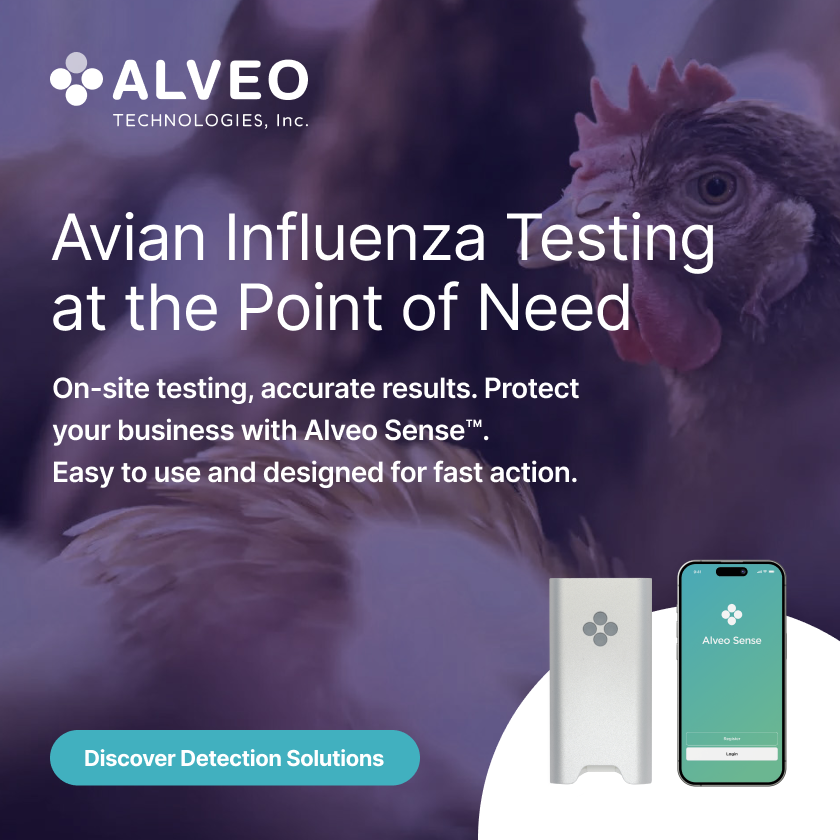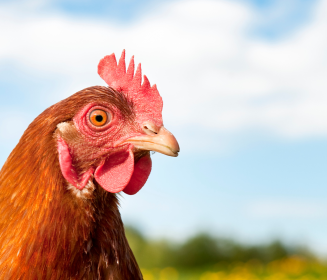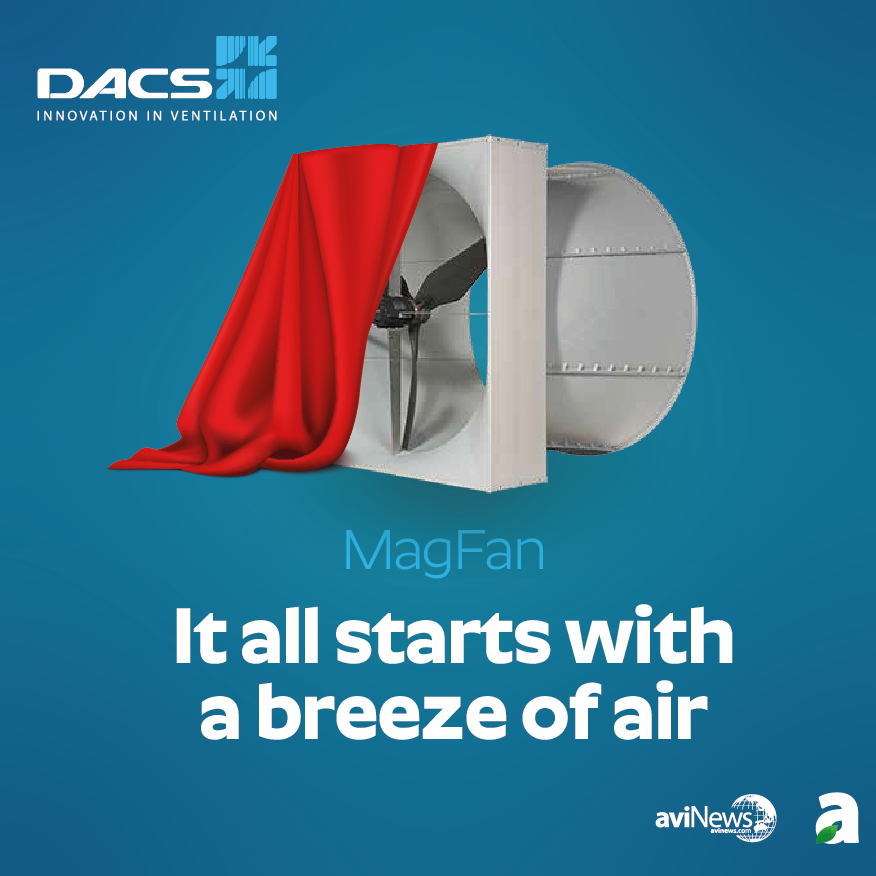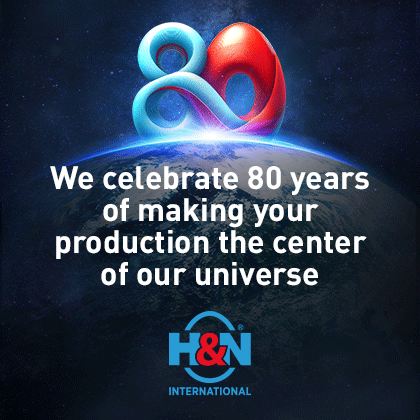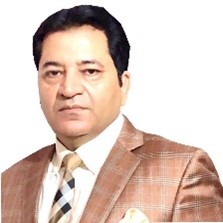
10 Sep 2020
Minimum ventilation tables in poultry farming: What is their function?
It is crucial to understand that minimum ventilation tables have nothing to do with controlling oxygen and carbon dioxide levels in houses.
To understand why minimum ventilation tables are problematic we must first understand that minimum ventilation tables have nothing to do with controlling oxygen, carbon dioxide, carbon monoxide or even ammonia levels in poultry houses.
In fact, they are all designed to do just one thing: help producers manage house moisture levels. Specifically, they provide an estimate of how much ventilation is required to rid a house of moisture the birds are adding to it for a given age and/or weight.
If a lower ventilation rate is used, then not all the moisture the birds are adding to the house will be removed and moisture levels build up in the air and the litter. If a higher minimum ventilation rate is used, more moisture will be removed from the house than the birds are adding to the house and moisture levels will tend to fall.
This is true of all minimum ventilation recommendations whether they are provided by a poultry company, equipment company, primary breeding company, text book, or university. They all provide a theoretical minimum ventilation rate to remove the moisture the birds are adding to a house. The key word here is theoretical.
How to calculate the ventilation rate for humidity control?
The following graphic shows what you need to calculate a moisture control ventilation rate:

These values can then be plugged into a series of equations and a moisture control minimum ventilation rate can be calculated.
Continue after advertising.
This value can then be divided by a theoretical number of birds or their weight and a table can be developed.
ANALYSIS OF RESULTS TABLE
If you are going to use one of these tables to determine how much to run your minimum ventilation fans, remember that there are a number of very important assumptions that need to be made when using these equations:
1. A specific house temperature is being maintained and it is constant for a given bird age or weight. Change the house temperature +/- 5 F, the required minimum ventilation rate can change +/- 25%.
2. A specific house humidity is being maintained and it is constant at a given bird age or weight. Change the inside humidity +/- 10%, the required minimum ventilation rate can change +/-25%
3. A specific amount of water is being added to the house for a given bird age or weight. Change the water consumption +/- 10%, the required minimum ventilation rate can change +/- 10%.
4. Outside environmental conditions are constant for a given bird age or weight. Change the outside temperature +/- 10 F, the required minimum ventilation rate can change +/- 15%.
5. All the incoming air is thoroughly mixed with the inside air:
a) All the fresh air enters though a house’s air inlet system (i.e, no leakage).
b) Proper inlet opening and static pressure are being maintained.
c) The air inlets are properly designed and maintained. A loose house can easily require minimum ventilation rates to be increased 20% or more due incoming air not being properly heated and dried before moving down to floor level. It takes more cool damp air to dry the litter than warm dry air.
6. The air moving capacity of the minimum ventilation fans is precisely known. Change the output of the fans +/- 10%, the required minimum ventilation rate can change +/- 10%.
7. No moisture is being added to the house by the heating system. For every gallon of propane burned, approximately 0.8 of a gallon of water is added to a house. During brooding the heating system can be easily be adding 20% or more of the water we need to remove.
8. The fresh air is brought in uniformly along the length of the house.
9. The inside temperature and humidity are uniform throughout the house.
TO CONTINUE READING REGISTER IT IS COMPLETELY FREE
Access to articles in PDF
Keep up to date with our newsletters
Receive the magazine for free in digital version
REGISTRATION
ACCESS
YOUR ACCOUNT
LOGIN
Lost your password?





